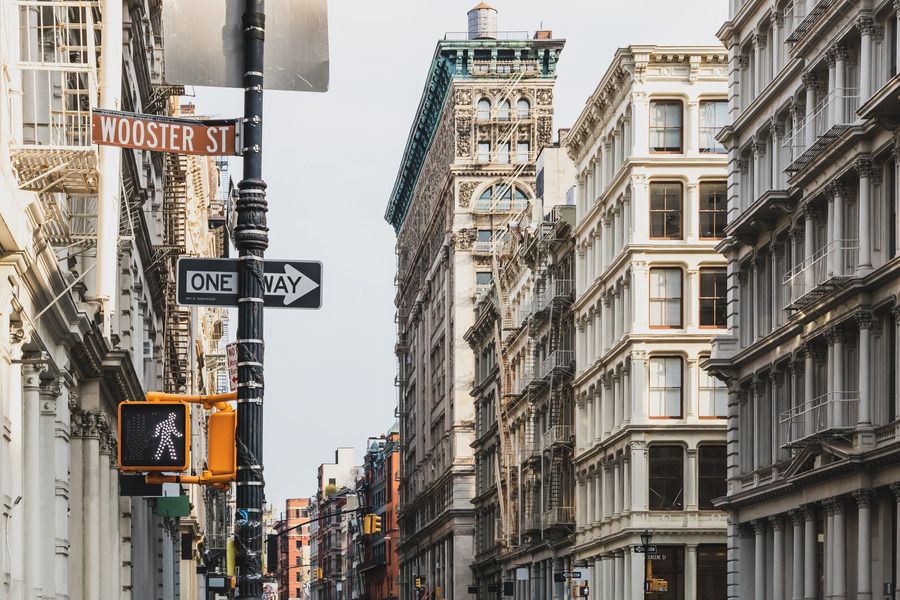By Serj Markarian, Licensed Real Estate Salesperson
Rental inventory in Manhattan is on the decline, contributing to rising rental costs in several neighborhoods. Greenwich Village experienced the most significant year-over-year increase, with rents spiking 12.1% to a median asking price of $5,600 in October. Soho and Flatiron followed with the 3rd and 4th highest increases, up 9.6% (median ask: $8,000) and 9.0% (median ask: $6,375), respectively.
In contrast, rental inventory is increasing in Queens and Brooklyn, leading to more concessions from landlords. In October, approximately 20% of rentals citywide offered at least one month of free rent—the highest share of concessions since July 2021.
However, not all Manhattan neighborhoods are seeing rising demand. In Midtown and the Upper East Side, median rents dipped by 3.6% to $4,895 and 2.3% to $3,908, respectively. Brooklyn’s Prospect Lefferts Garden recorded the largest decrease, with rents dropping 5.0% to a median ask of $2,850.
Researchers suggest the market is showing signs of stabilization, driven by increased inventory and a cooling growth rate, though the average rent remains elevated. Future trends remain uncertain, but a wave of new rental units is expected. Over the next four years, approximately 18,500 units will come to market, surpassing the previous peak of 14,550 units built between 2015 and 2018.
Interestingly, 40% of these new units will come from office-to-residential conversions—the highest percentage on record. This shift reflects broader trends, with 85 million square feet of NYC office space, or 15% of the city’s office stock, considered suitable for residential conversion across 754 buildings.
Another factor to watch is interest rates. If rates continue to decline, home purchases could increase, leading to higher rental vacancies and potentially driving down median asking rents. The Federal Reserve remains divided on additional rate cuts, so the trajectory of rates—and their impact on the rental market—remains to be seen.

